
The exhibition in Plzeň presents the First Republic architect Zápal
Plzeň - The new exhibition at the West Bohemian Gallery in Plzeň presents the most significant architect of the first half of the 20th century in southwestern Bohemia, Hanuš Zápal (1884 to 1964). Zápal, who remained faithful primarily to Plzeň and the surrounding region throughout his creative life, gave the previously quite conservative Plzeň a new architectural face. As an employee of the city, he designed a large number of public buildings, schools, social institutions, and technical structures in Plzeň from 1910 to 1931, said curator Petr Domanický today to ČTK, who had been preparing a comprehensive exhibition and publication about Zápal for over 20 years. The exhibition is accessible until February 7th.
"Although Hanuš Zápal is the most significant architect of Plzeň in the 20th century, he has so far received very little attention," Domanický noted. In terms of significance, one can speak of Zápal as the Gočár of Czech West, he believes. In addition to new buildings, many of which are now cultural monuments, Zápal also dedicated himself to the preservation and restoration of monuments. Thanks to his efforts, the baroque complex of the pilgrimage site in Mariánský Týnec near Kralovice was primarily saved, and he contributed to the rescue of the rotunda in Starý Plzenec.
Zápal reflected the rapid development of Czech architecture in Plzeň through dozens of designs and realizations in the early 20th century, from new classicism and late Art Nouveau through cubism and Kotěra's modernism, rondocubism, and purism to functionalism. However, he also sought alternatives and was inspired by baroque architecture. "His characteristic sensitive intertwining of new buildings with the landscape, thoughtful massing, and unobtrusive connection of objects of different characters have their prototypes in the buildings of the high baroque," Domanický said.
In Plzeň, Jan Zápal, who used the first name Hanuš since his university studies, also devoted himself to the restoration and modification of monuments, such as the interiors of the historic town hall and the Imperial House, the repair of St. Bartolomew's Church, and he personally restored the endangered Alšovy frescoes in one of the houses. Among his significant authored realizations in the city is a group of school buildings in today's Masaryk Square, the Business Academy from 1913, the theater warehouse on Kovářská Street from 1923, the block of houses with the so-called Skyscraper from 1924, and also in the same year, a tourist lodge on Krkavec or the Higher Agricultural School on Karlovarská Street. In the 1920s, he also designed the campus of Beneš School on Doudlevecká Street, a crematorium, and the memorial of Burgomaster Václav Peták in the central cemetery.
After leaving for early retirement in 1931, Zápal continued to design privately, including schools in smaller municipalities in Plzeň Region, private houses, and a Catholic church. However, the communist regime removed him from public life and expelled him from Plzeň. Even his fifty years of effort devoted to the preservation of the monument in Mariánský Týnec ceased to be talked about, added Domanický.
"Although Hanuš Zápal is the most significant architect of Plzeň in the 20th century, he has so far received very little attention," Domanický noted. In terms of significance, one can speak of Zápal as the Gočár of Czech West, he believes. In addition to new buildings, many of which are now cultural monuments, Zápal also dedicated himself to the preservation and restoration of monuments. Thanks to his efforts, the baroque complex of the pilgrimage site in Mariánský Týnec near Kralovice was primarily saved, and he contributed to the rescue of the rotunda in Starý Plzenec.
Zápal reflected the rapid development of Czech architecture in Plzeň through dozens of designs and realizations in the early 20th century, from new classicism and late Art Nouveau through cubism and Kotěra's modernism, rondocubism, and purism to functionalism. However, he also sought alternatives and was inspired by baroque architecture. "His characteristic sensitive intertwining of new buildings with the landscape, thoughtful massing, and unobtrusive connection of objects of different characters have their prototypes in the buildings of the high baroque," Domanický said.
In Plzeň, Jan Zápal, who used the first name Hanuš since his university studies, also devoted himself to the restoration and modification of monuments, such as the interiors of the historic town hall and the Imperial House, the repair of St. Bartolomew's Church, and he personally restored the endangered Alšovy frescoes in one of the houses. Among his significant authored realizations in the city is a group of school buildings in today's Masaryk Square, the Business Academy from 1913, the theater warehouse on Kovářská Street from 1923, the block of houses with the so-called Skyscraper from 1924, and also in the same year, a tourist lodge on Krkavec or the Higher Agricultural School on Karlovarská Street. In the 1920s, he also designed the campus of Beneš School on Doudlevecká Street, a crematorium, and the memorial of Burgomaster Václav Peták in the central cemetery.
After leaving for early retirement in 1931, Zápal continued to design privately, including schools in smaller municipalities in Plzeň Region, private houses, and a Catholic church. However, the communist regime removed him from public life and expelled him from Plzeň. Even his fifty years of effort devoted to the preservation of the monument in Mariánský Týnec ceased to be talked about, added Domanický.
The English translation is powered by AI tool. Switch to Czech to view the original text source.
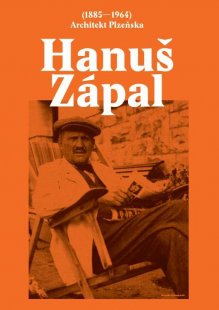
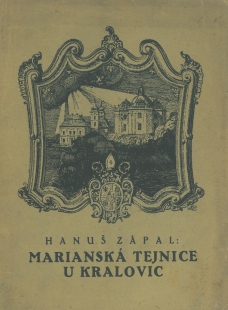
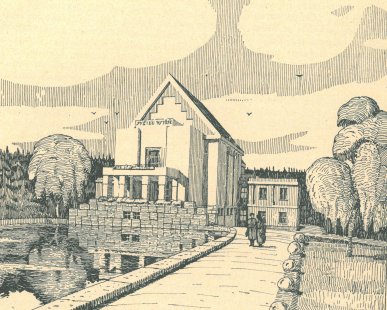
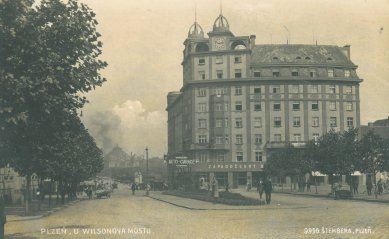
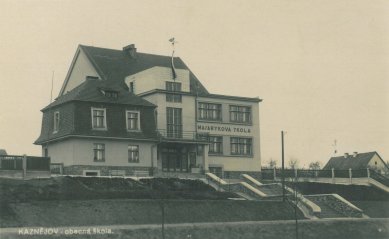
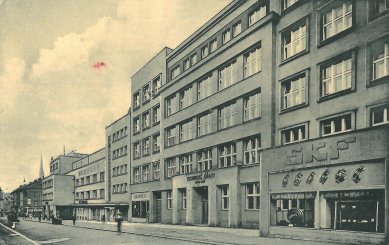

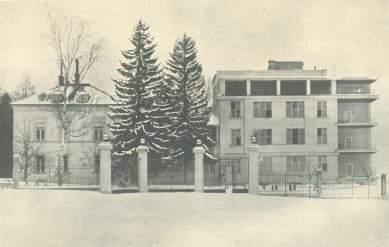
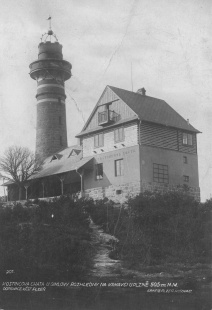
0 comments
add comment










